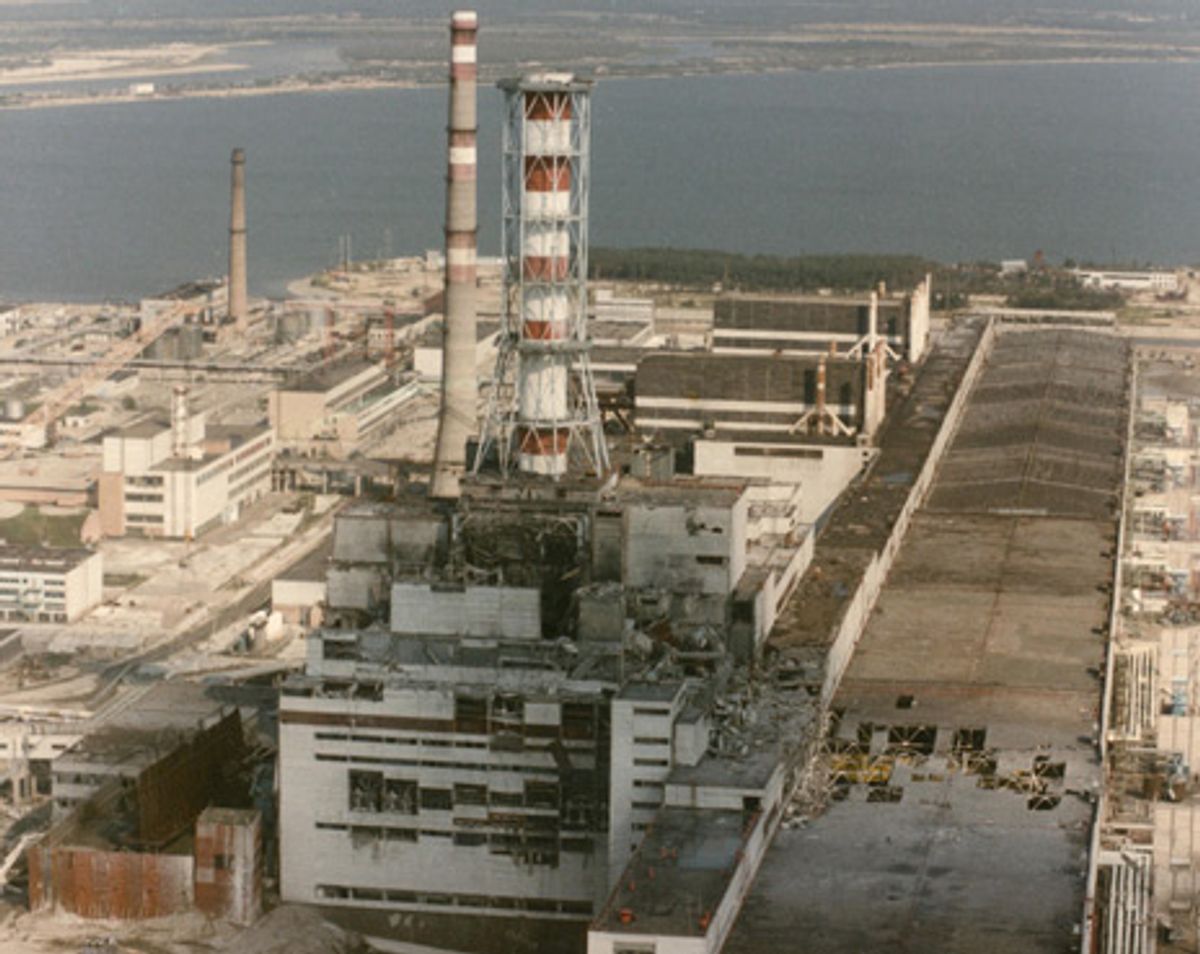Since at least the mid-1990s, the standard estimate of the long-term human impact of the Chernobyl catastrophe is that there would be between 20,000 and 30,000 premature deaths from leukemia and other cancers, almost entirely in the greater European region. So how have the New York Times's editorial writers got the idea that Chernobyl's impact was minimal?
Writing earlier this week, they said: "The latest evaluation — a United Nations committee in 2008 — concludes that emergency workers who struggled to bring the plant under control suffered great harm but the wider public was barely affected. In the three countries hit with the most fallout — Belarus, Ukraine and parts of the Russian Federation — the committee found that the only significant harm was several thousand cases of highly curable thyroid cancer among people who were exposed as children, mostly by drinking contaminated milk. Only a handful have died."
I don't know what UN evaluation the Times is referring to, but it seems obvious that they have misinterpreted something. And the probable explanation almost certainly has to do with a dilemma discussed here in Spectrum on the 25th anniversary of the Chernobyl catastrophe, several weeks ago. Not only are the premature fatalities from Chernobyl undetectable individually, so that there is no way of knowing which individuals in particular died as a result of the accident; the excess deaths are undetectable even as a group, because they are buried in the statistical "noise" associated with hundreds of millions of cancer deaths in the relevant time period.
So the problem, in a nutshell, is that not seeing is not believing. Since the deaths can't be identified or even measured, the Times's editorialists are treating them as if they're not occurring. They really ought to know better. At a time when countries routinely are led by Harvard or Yale law review editors (like Obama and the Clintons), chemists or physicists (like Thatcher or Merkel), or the long string of "enarchs" who almost always run France,* we can safely assume that policy is made with an awareness of statistics basics. Increasingly, for better or worse, the top journalists are educated at the same schools. So they ought to appreciate that if dose-response models predict a certain level of fatalities, those fatalities must be assumed to be occurring, even if they aren't seen.
To be sure, like the fatalities and illnesses known to be result yearly from exposure to coal emissions, the death and morbidity from nuclear accidents are not easy to factor into policy making. Nobody wants to weigh off deaths from nuclear accidents against deaths from pollution, and make choices on the basis of which technologies cause the most premature fatality. In the final analysis, as in air traffic regulation, policy will inevitably aim to eliminate deaths entirely. That has been the thrust of the EPA's coal regulation in recent decades, and it's bound to be the thrust of nuclear regulation as well.
In the long run, if nuclear energy is to remain viable, there can be no more Chernobyls or Fukushimas.
___________________________________________________
* The enarches are graduates of France's ultra-prestigious Ecole Nationale d'Administration (ENA).



